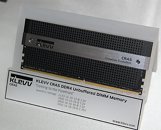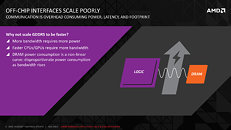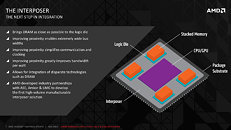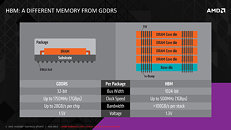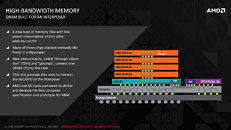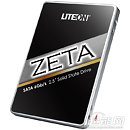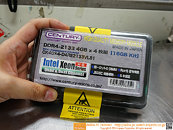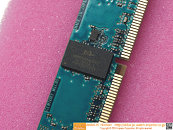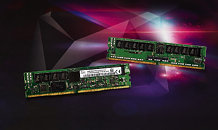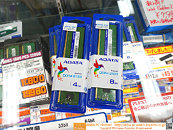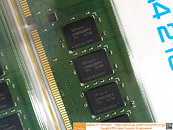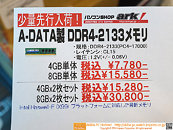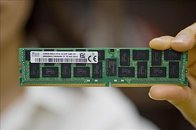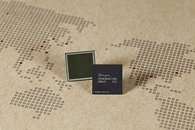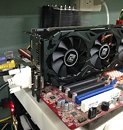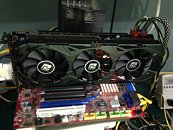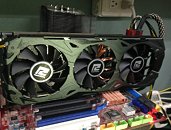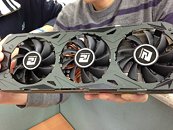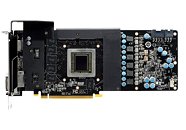KLEVV High Performance Gaming Memory Modules Now Available in Europe
Essencore Limited, a noteworthy newcomer in DRAM modules and NAND Flash application products including Gaming Memory Modules, Solid State Drives, USB Flash Drives and MicroSD cards, is pleased to announce the sales kick-off in European countries with its brand "KLEVV". In attempt to expand its global presence and to accelerate growth, Essencore hopes that this KLEVV product launch will help to efficiently deliver its premium products to its European customer.
As a young company founded in 2014 by CEO IU Kim, Essencore strives to become world's leading vendor of both DRAM modules and NAND Flash application products. To achieve this goal, Essencore has introduced its house brand "KLEVV" with the industry's first-rate quality and best performing products. In a conscious move to strengthen brand awareness and products at this early stage, KLEVV will focus on the three key consumer markets of U.S., Europe and China. Of all regions, Europe is deemed to have the highest potential, with its huge population of tech enthusiasts. Starting in Germany, UK, and Poland in summer 2015, KLEVV products will soon be available in all corners of Europe.
As a young company founded in 2014 by CEO IU Kim, Essencore strives to become world's leading vendor of both DRAM modules and NAND Flash application products. To achieve this goal, Essencore has introduced its house brand "KLEVV" with the industry's first-rate quality and best performing products. In a conscious move to strengthen brand awareness and products at this early stage, KLEVV will focus on the three key consumer markets of U.S., Europe and China. Of all regions, Europe is deemed to have the highest potential, with its huge population of tech enthusiasts. Starting in Germany, UK, and Poland in summer 2015, KLEVV products will soon be available in all corners of Europe.
